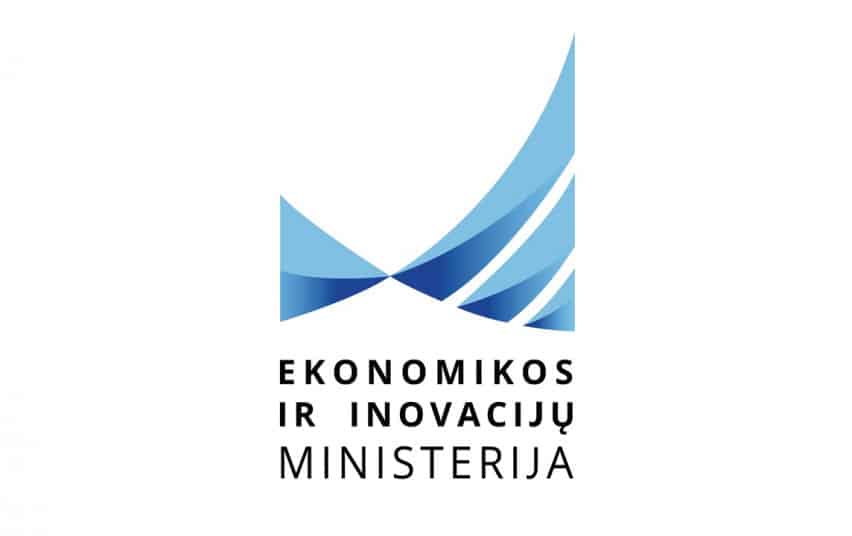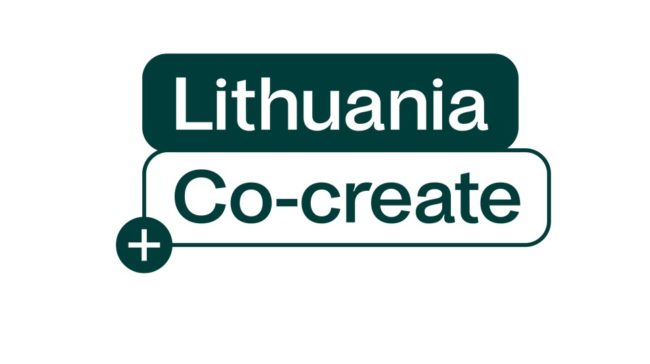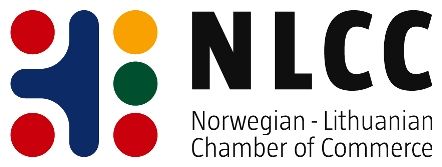Protekcionistinė politika Kanadoje
| Aprašymas | Kada įsigaliojo |
|---|---|
| The practices of provincial liquor boards appear discriminatory and substantially hinder the access of European alcoholic beverages to the Canadian market. These practices include: • Lack of transparency for many of the boards decisions, particularly regarding listing and delisting measures; • Limited product listings for imported products with onerous conditions imposed on suppliers to apply for a listing (if an imported product is not listed by the provincial liquor board, it is not allowed to be sold in the province). • The liquor boards use their position as monopolies and, in the case of Ontario and Quebec as the largest and second largest single purchasers in the world of alcoholic beverages, to practically impose additional onerous commercial conditions on suppliers, once an imported product is listed; • Lower product mark-ups applied by some liquor boards on wine and domestic spirits than on wine and imported spirits (e.g. Ontario, Quebec, British Colombia and Nova Scotia). • Extra cost-of-service charges on imported products, the application of which is not always fully transparent and which are not justified by liquor board audits [NOTE: under CETA, competent authorities should appoint contact points to improve transparency]; • Minimum (and maximum) price requirements on certain imported products • The waiver or reduction of various charges to the domestic industry (e.g. freight, direct delivery mark ups, costs of marketing programmes) not available to imported products. • Restrictions on private delivery and on access to points of sale that normally do not apply to domestic products. Sales of EU wines are only possible via the liquor boards while domestic products in some provinces can be sold either through private outlets, farmers markets or enjoy better selling space in supermarkets (British Columbia). [Note: Wine producing provinces like Ontario and Quebec, permit direct sales of Canadian wines in their place of production; in British Colombia and Ontario a limited number of off-site private stores has been granted to the wine producers and in Quebec, wine that is bottled in the province, can be sold in grocery stores; a number of provinces also allow the sale of Canadian wine at farmers markets, while sales of EU wines is only possible via the liquor boards. Though the prices in the private outlets are required to be the same as in the liquor boards, some product mark-up are not applied in the private sales outlets resulting in a more lucrative route-to-market available only to domestic wines. These practices are allowed under our 1989 bilateral agreement, but CETA includes a commitment to reach mutually agreed solutions on any issues of concern regarding Wines and Spirits, and notably on the discriminatory mark-ups applied in private wine outlets.] • Ontario authorises the Liquor Control Board of Ontario (LCBO) to apply an additional reduction of 5% on all sales of Ontarian wines to restaurants and bars. New selling formats such as bag-in-a-box one are hardly available for imported wines in Ontario. • New sales targets reflect double-standard for Ontario vs imported wines. Wines risk to be routinely de-listed for failure to reach the quota. In addition, the increase of 2% in excise duties on foreign wines has been included in the 2017 Federal budget. It will be adjusted every year (on April 1) to reflect yearly inflation. This excise duty is not applicable to Wines made from 100% Canadian-sourced grapes/fruits. All of these discriminatory practices raise the cost of imports and hinder entry into the Canadian market by producers of European alcoholic beverages, thus putting them at a competitive disadvantage vis-à-vis domestic suppliers and partly also vis-à-vis importers from third countries (mainly NAFTA). | 12/1/1996 |
| A number of EU organisations have been granted "official marks" in Canada, but Canadian court decisions have clarified that such marks may only be granted to Canadian official bodies, which might mean that these marks (granted to EU bodies) are in fact not valid. This creates a very uncertain, situation for these EU organisations. Moreover, the court interpretation of the trademark law provision appears to be discriminatory against foreign companies as such and in contradiction with the National Treatment principle under WTO Agreements | 4/19/2010 |
| In accordance with the Agreement between the EC and Canada on trade in wines and spirit drinks, Canada shall take the necessary steps to have the EC names listed in Annex of the Agreement entered on the list of protected geographical indications in Canada after an application for registration has been made in good and due form. The Canadian authorities have indicated that under normal circumstances the application process to protect a name as a GI would take about six months. However, ever since the signing of the Wines & Spirits Agreement, with a few exceptions, the application process has taken at least twice or three times as long. For a number of Italian wine names, the process has taken almost 4 years. In addition, no temporary protection is provided during the period necessary to review the application. The Government of Canada has arguably identified some irregularities within Canada’s list of protected GIs. In particular, a number of entries on the list cover multiple GIs when, as per Canada’s policy, they must cover only one. In Canada’s administrative procedures for the protection of a GI as detailed in "Canada’s Process to Request Geographical Indications for Wines and Spirits to be Entered on Canada’s List of Protected GIs", it is stated: "Any request for a GI to be added to the list of protected GIs must identify only one GI (…). Any alternate expressions, compositions or spelling sought to be entered on the list of protected GIs must be submitted in a separate request". | 4/19/2010 |
| Canadian rules establish basic criteria to define and limit protein sources used in cheese production. The impact of the rules adopted is to limit the export possibilities for milk protein substances such as milk protein concentrates (MPC’s) and milk powder from the EU. This is because Canadian producers will be required to limit these raw materials in their domestically produced cheeses. The measure may also limit exports of other existing or new non-complying EU cheeses to Canada. | 11/15/2007 |
| An important number of EU Member States can export already red meat to the Canadian market. For these EU countries, exports are taking place in full safety. The EU has a harmonised system in place for sanitary measures and in addition the EU inspection system regarding beef has been accepted by Canada as being equivalent. The harmonised sanitary rules are applicable in all EU Member States guaranteeing high level of safety. A process to evaluate the EU inspection system regarding pork and poultry is ongoing. Currently several EU Member States are still waiting to have full access to export red meat to Canada. The EU expects that Canada could finalise its procedure in due course to allow for exports of red meat from those remaining | 1/1/2014 |













